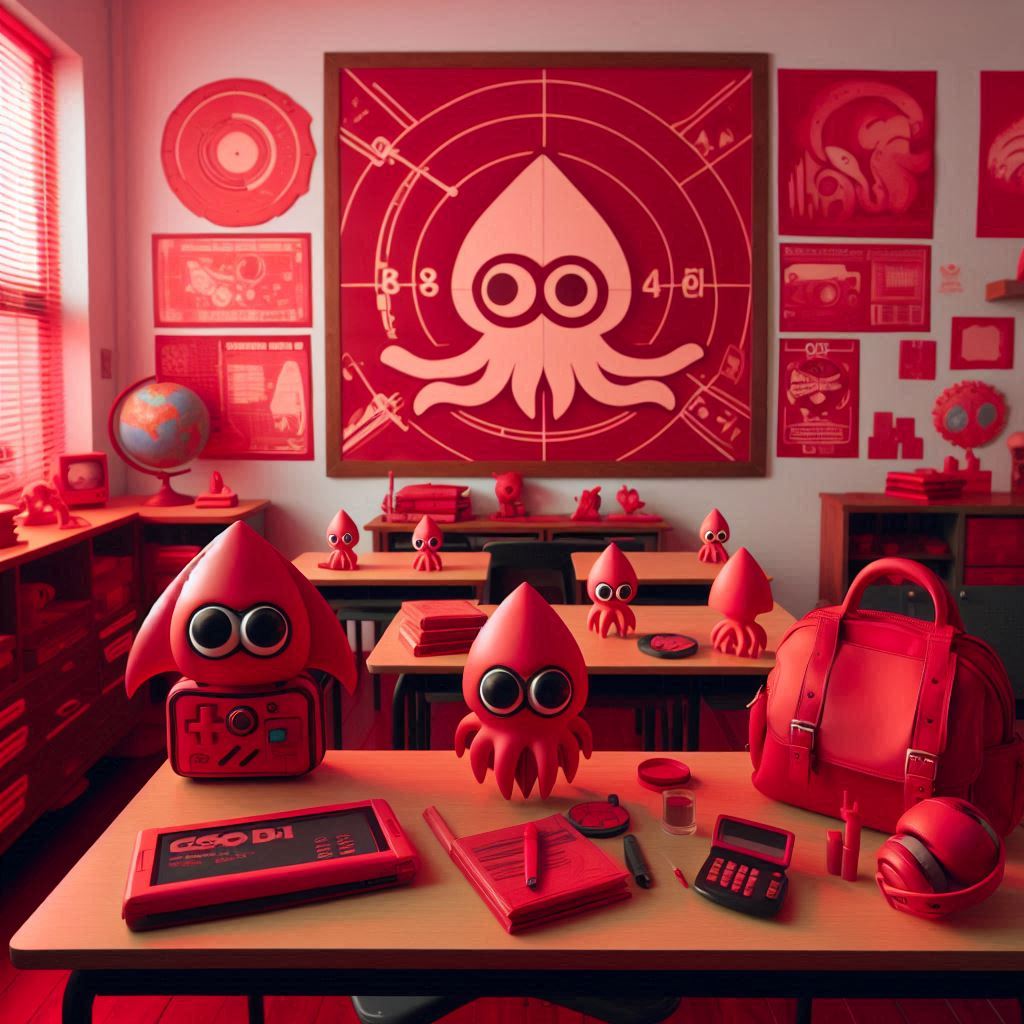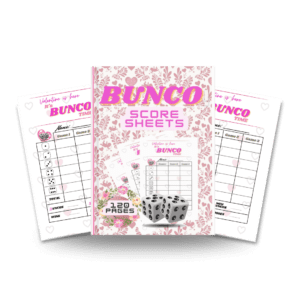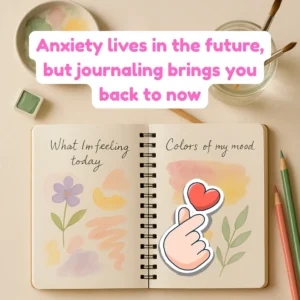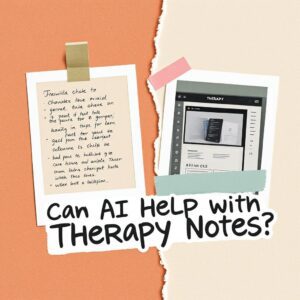Introduction
When you see a trending Netflix show, a viral YouTube clip, or a Lady Gaga music video, do you think of them as teachable materials? For forward-thinking educators, pop culture offers a unique way to connect with students and create memorable learning experiences.

Why Pop Culture Works in the Classroom
Students naturally spend a large part of their lives immersed in media. According to a Kaiser Family Institute report, youth between the ages of 8 and 18 consume an average of 53 hours of media per week. This shared cultural exposure gives teachers a common ground to meet students where they are, transforming casual entertainment into an educational goldmine.
Pop culture resonates with students because it feels relevant to their lives. Integrating it into lessons fosters deeper engagement, encourages participation, and helps students connect complex concepts to familiar experiences. For example, discussing historical events using references to a popular film like Titanic can help bring the past to life in an accessible way.
From Squid Game to Classroom Games
Consider a global phenomenon like Squid Game. While the show might seem unlikely as a teaching tool, its themes and challenges can be creatively adapted to an ESL or EFL classroom.
Take the “Red Light, Green Light” game, for instance. In the classroom, this can be turned into a vocabulary or grammar exercise where students must respond correctly to prompts to stay “in the game.” Similarly, a challenge like solving puzzles in the “Honeycomb” task can translate to collaborative activities where students work on language-based problem-solving in teams.
This approach not only makes lessons fun but also aligns with students’ existing interests, creating a bridge between their outside world and the learning environment.
Pop Culture as a Pathway to Critical Thinking
Using pop culture isn’t just about entertainment—it’s a way to develop critical thinking and analytical skills. For example, analyzing lyrics from a Lady Gaga song or studying themes in a hit Netflix series can lead to discussions about tone, metaphor, and cultural context. Such exercises push students to think beyond surface-level enjoyment and engage deeply with the material, building valuable interpretative skills.
Practical Tips for Bringing Pop Culture into the Classroom
- Start Small: Incorporate short film clips, memes, or songs as conversation starters or warm-ups.
- Adapt Games: Transform challenges from popular media into educational activities tailored to your lesson objectives.
- Encourage Creation: Let students create their own content, like parody songs, skits, or short videos, based on the themes they’re studying.
- Use it for Writing Prompts: Allow students to write about their favorite shows, music, or games, linking these interests to lesson goals.
Key Takeaway
By linking classroom material to pop culture, educators create an environment that feels dynamic, relevant, and accessible. Students become more engaged, and learning takes on a sense of purpose beyond rote memorization. Whether it’s through analyzing song lyrics, reenacting iconic challenges, or discussing a hit movie, pop culture can transform education into an adventure students look forward to.
The next time you see a viral trend or popular show, think of it as more than entertainment—it might just be the key to unlocking your students’ full potential.









